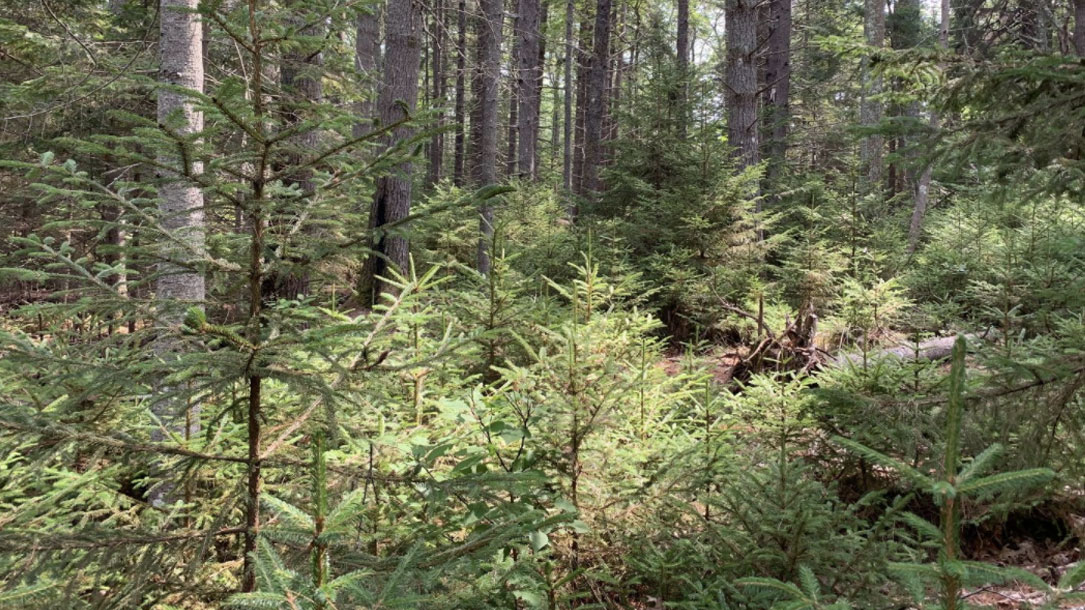
Assisted migration aims to help forests — and people — adapt to a swiftly changing climate
“Models predict that natural migration rates of tree species will likely not be able to keep up with the rapid pace of climate change,” said Heidi Asbjornsen, associate professor of natural resources and the environment at the UNH College of Life Sciences and Agriculture.”

The future value of ecosystem services: Global scenarios and national implications
“Ecosystem services are a major contributor to sustainable human wellbeing…”
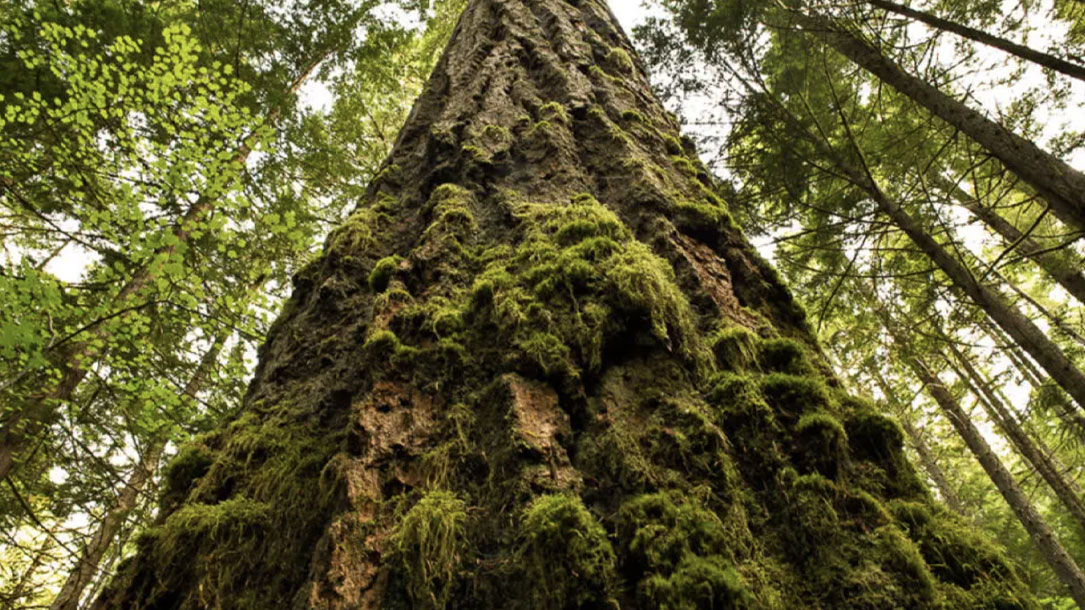
Warming reduces trees’ ability to slow climate change
“Trees are carbon sinks — they absorb more carbon dioxide than they emit. But according to new National Science Foundation-funded research, the most prolific tree in North America, the Douglas fir, will absorb less atmospheric carbon dioxide in the future and therefore do less to slow climate change.”
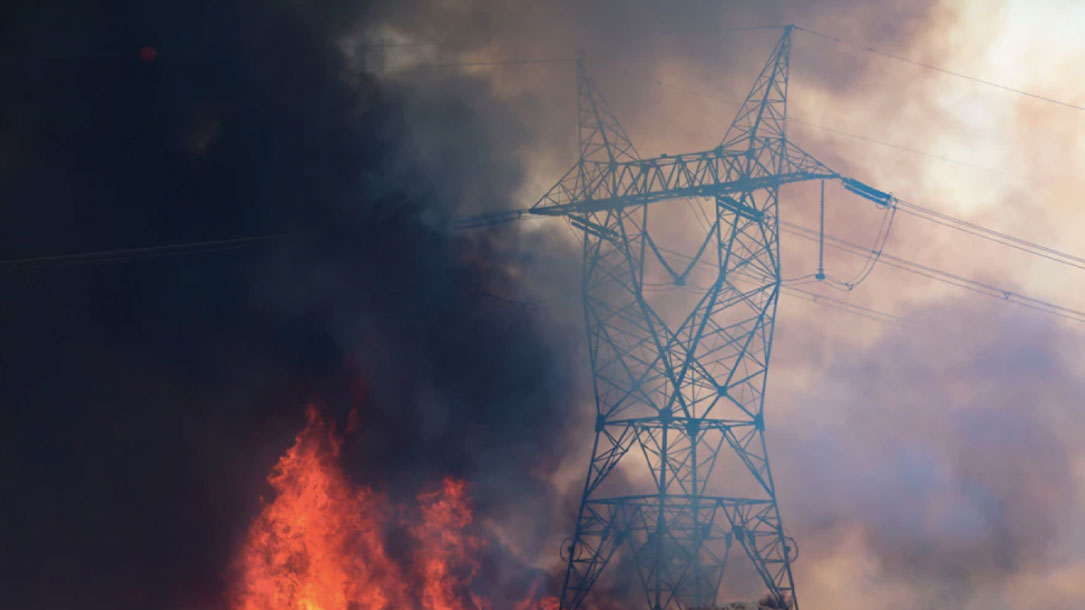
California’s fires are putting a huge amount of carbon dioxide into the air
“California’s unprecedented wildfires, driven by man-made climate change, are pumping the atmosphere with tens of millions of tons of carbon dioxide that will only drive global temperatures higher.”
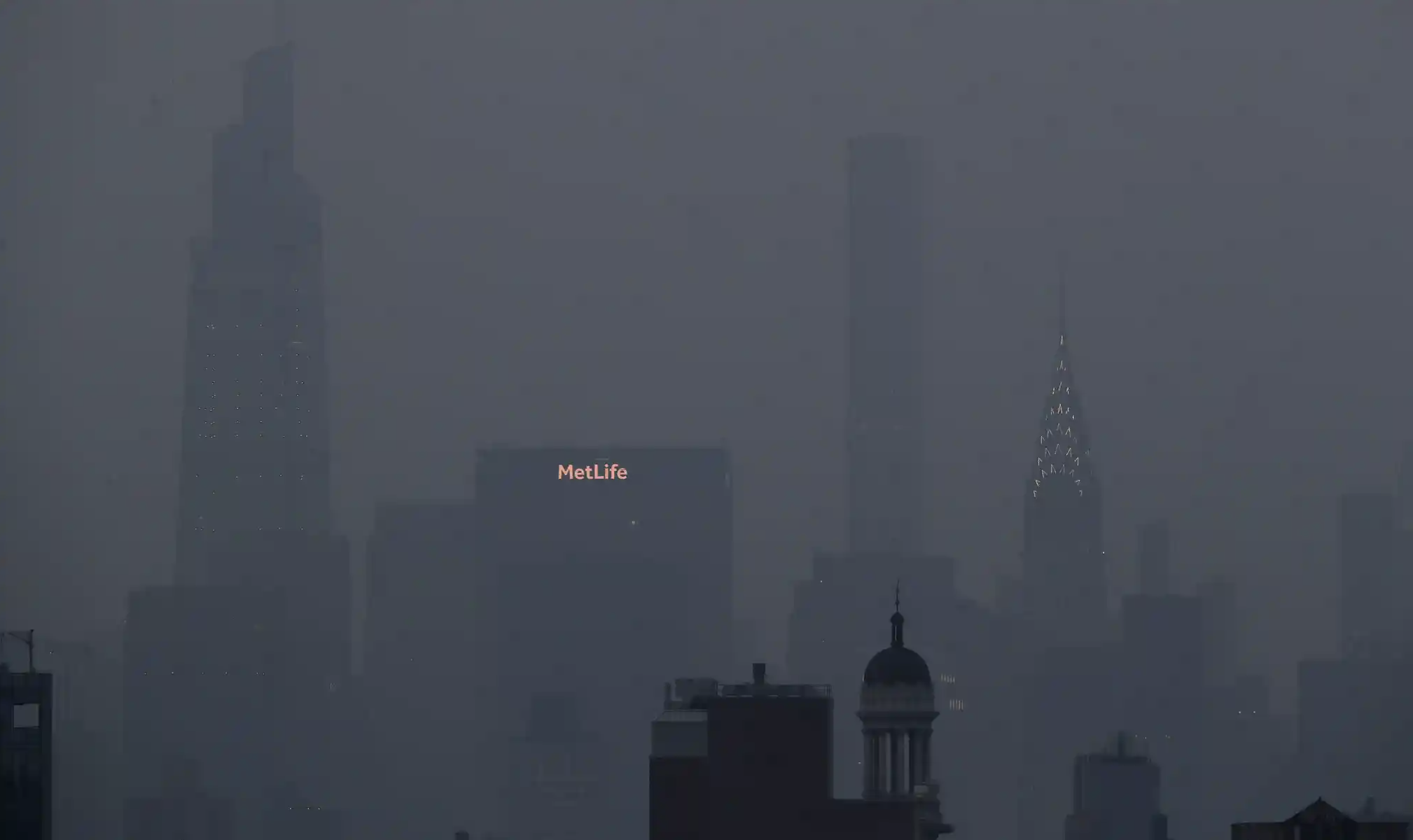
New York air quality among worst in world as haze from western wildfires shrouds city
“New York City air quality was among the worst in the world as cities across the eastern US were shrouded in smoke from wildfires raging several thousand miles away on the country’s west coast.
State officials in New York advised vulnerable people, such as those with asthma and heart disease, to avoid strenuous outdoor activity as air pollution soared to eclipse Lima in Peru and Kolkata in India to be ranked as the worst in the world on Tuesday…”
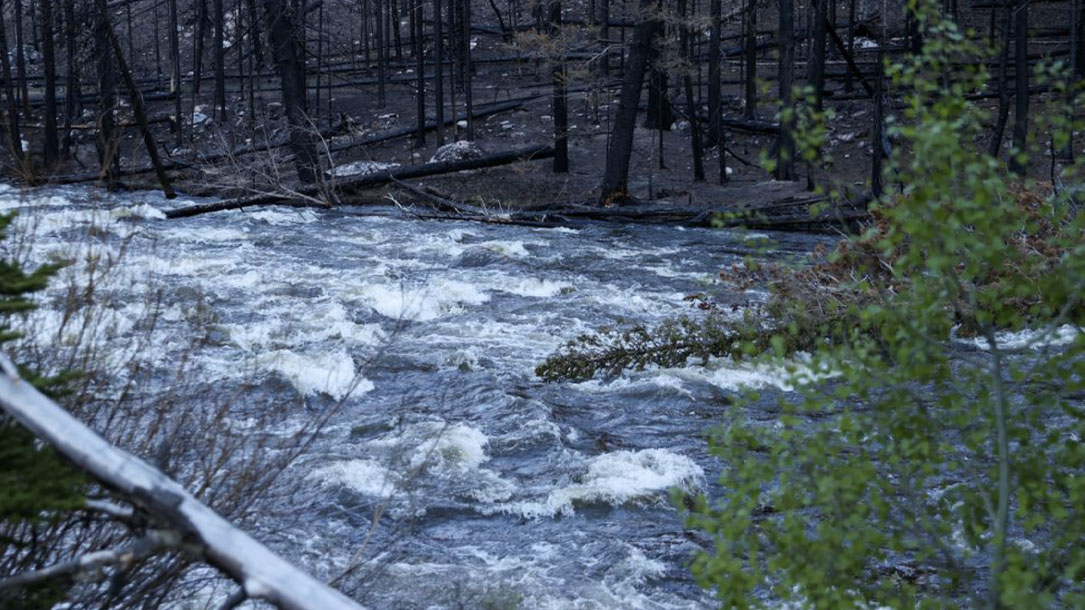
Water quality after a wildfire
“About half of the water supply in the southwestern United States is supplied by water from forests, which generally yield higher quality water than any other source. Approximately 80 percent of the freshwater resources in the U.S. originate on forested land, and more than 3,400 public drinking-water systems are located in watersheds containing national forest lands…”
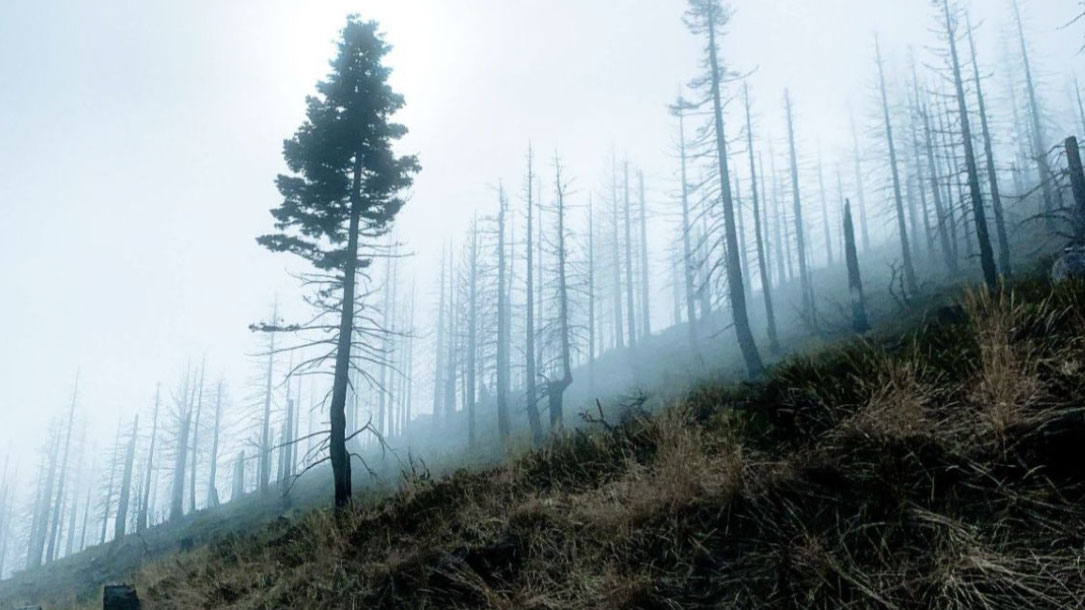
U.S. West faces little-known effect of raging wildfires: contaminated water
Huge forest fires last year denuded vast areas of Colorado’s mountains and left them covered in ash — ash that with sediment has since been washed by rains into the Cache la Poudre River. The river is one of two sources for household water in this college town of 165,000. With more and fiercer storms expected this year, officials worry about water quality worsening beyond what treatment systems can handle.
The problem could apply to watersheds across the U.S. West, which has faced ever-increasing extremes in heat, drought, and wildfire amid climate change in recent years. The United States relies on water originating on forested land for about 80% of its freshwater supply, according to a government report…

Natural climate solutions for the United States
“Limiting climate warming to <2°C requires increased mitigation efforts, including land stewardship, whose potential in the United States is poorly understood. We quantified the potential of natural climate solutions (NCS)—21 conservation, restoration, and improved land management interventions on natural and agricultural lands—to increase carbon storage and avoid greenhouse gas emissions in the United States…”

Compounded effects of climate change and habitat alteration shift patterns of butterfly diversity
Climate change and habitat destruction have been linked to global declines in vertebrate biodiversity, including mammals, amphibians, birds, and fishes. However, invertebrates make up the vast majority of global species richness, and the combined effects of climate change and land use on invertebrates remain poorly understood…

Scientists lay out 10 golden rules for restoring forests
“Scientists from the Royal Botanic Gardens, Kew (RBG Kew) and Botanic Gardens Conservation International (BGCI) have set out ten ‘golden rules’ for reforestation, published today in an open-access article in the leading journal Global Change Biology…”












